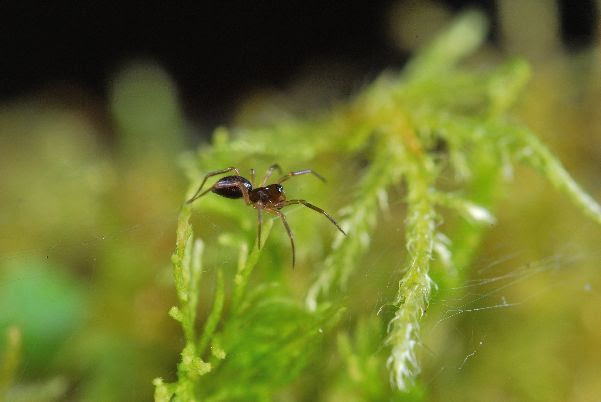Faced with several scientific studies that have shown that the abundance and diversity of insects is drastically reducing worldwide, a team of researchers from Portugal, France and Finland studied the insects captured over six years in the island's native forest. Terceira, Azores.
The researchers analyzed the patterns of diversity and abundance of these invertebrates, also looking at their geographic origin: endemic species – which can only be found in the archipelago – and exotic species – that were introduced into the archipelago consciously or inadvertently through economic activities.
The results are now published in the scientific journal Insect Conservation and Diversity (https://onlinelibrary.wiley.com/doi/abs/10.1111/icad.12431?af=R).
“Our results reveal a greater diversity of exotic species of arthropods captured in these six years. This pattern may imply an alteration in several types of ecosystem services, disturbing processes such as predation and nutrient recycling”, explains Paulo Borges, researcher at Center for Ecology, Evolution and Environmental Change – cE3c, at the University of the Azores.
The study took place between 2013 and 2018, a period in which more than 30 arthropods were captured in the native forest of Terceira Island – an island that contains the largest area of native forests in the archipelago. The collected insects corresponded to 159 species, 32 of which are endemic.
In the Azores, exotic species have their maximum abundance and diversity in human-created habitats, such as urban areas, agricultural fields, pastures and exotic tree forests.
“The fragmentation of native habitats and the proximity of some of these non-native habitats is promoting an influx of exotic species into the native forest, a process that appears to be increasing in recent years possibly due to the combination of climate change and native forest degradation by invasive plants”, explains Pedro Cardoso, curator of the Museum of Natural History of Finland (University of Helsinki).
The results of this study also point to a slight decrease in the abundance of endemic species in the archipelago – species that are not found anywhere else on the planet.
An example is the wild cedar spider (Savigniorrhipis acoreensis), which occurs on all islands except Corvo Island. This species inhabits the tops of trees and seems to be impacted by the presence of exotic species or by climatic factors, such as greater dryness in summer.
“These results allow us to have a different and complementary view of the various scientific studies that have warned of a global decline in insect abundance and diversity. These studies have been carried out mainly on the European and North American continents, with other regions still poorly studied - such as islands, which have a unique heritage of species, and where knowing the factors that promote the erosion of biodiversity is critical to defining management strategies conservation of their habitats”, concludes Paulo Borges.
This study is the result of collaboration between researchers from the University of the Azores, the University of Pau (Centre National de la Recherche Scientifique – CNRS, France) and the Museum of Natural History of Finland (University of Helsinki).
Article reference: Borges, PAV, Rigal, F., Ros-Prieto, A. & Cardoso, P. (2020) Insect Conservation and Diversity, accepted, DOI: 10.1111/icad.12431
Author Science Communication Office – Center for Ecology, Evolution and Environmental Change – CE3c
© 2020 – Science in the Regional Press / Ciência Viva



















Comments